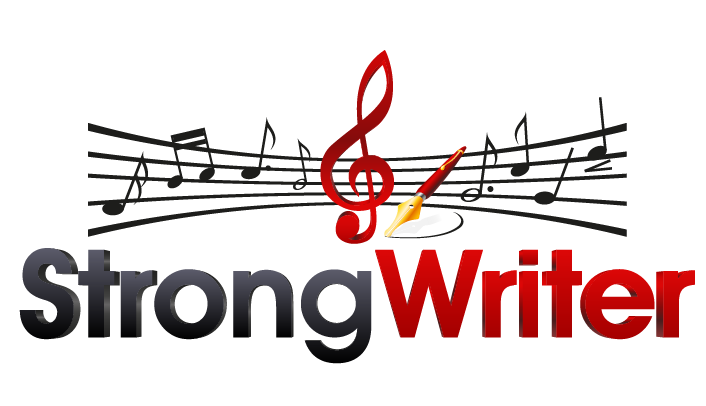Today, there are theories, practices and inclinations within the recording industry that have taken over the best to the worst choices when it comes to getting that perfect CD. Recording engineers and specialists consistently spend their time contemplating the best way to mix and master a wave file and how to actually get the job done. However, the need to have specific measurements for different software and hardware is not one that is essentially important.
Here is one basic rule that you need to remember. It doesn’t matter what you record with, or which brand you use or even the software that is a part of your studio. Remember that a wave file is just a wave file. The sound that goes into the computer from your instrument will always be that same wave file, no matter what you try to use, change or create to make it the perfect wave file.
This means that the software that you use, the way that you plug in your information for recording and the type of instruments you use will all lead to the same thing, the sound wave. No matter how many theories or ideas cross over into what the ‘best’ is, it always comes back to this one general term. This is an important thought to consider. Do not become overwhelmed by the amount of information available, and recognize that the entire process of recording is based around this one concept and how you can best use it.
What one should be examining in terms of wave files is what can be done in order to create the best possible sound. You want your mixing and mastering to lead you to the kind of sound that fits your taste and virtually reflects your personality. A sound that unique and creative. You also want it to keep a certain level of control with the volume as well as clarity. With all the steps you have to go through in the mixing and mastering process, this is what you should keep in mind, first and foremost.
Beyond this, your general guideline should be how to make the wave files perform at their best. This relates to taking care of the peaks and the low points so that it sounds in a way that is best suited to whatever format you are putting it in, as well as the abilities to create a complete sound to the ear.
The main reason these should have top priority is because it is the demonstration of the wave file, and how it sounds to the ear, that becomes the most important thing in the end. If you can remember this as your end goal with the recording, you can go through whatever is needed in order to make the correct associations with the songs that you are playing.
Your wave file is important, because it is your method of communicating the music. With that in mind, you want to make sure that you use the correct tools and the ones that are best suited to your needs. This isn’t something that needs to be associated with the instrumentation, the software, or the amount of devices that you have in your studio. If you know how to use a wave file and how to create the best sound, than you are on your way to making a professional CD.
Until next time, be a StrongWriter!
DEAN
